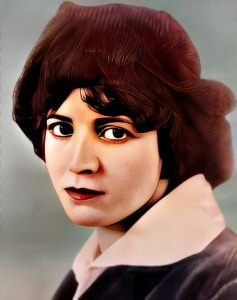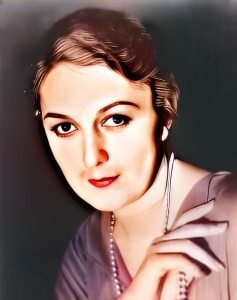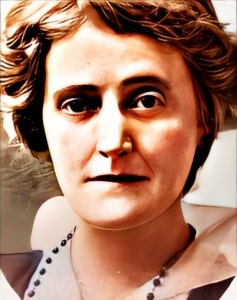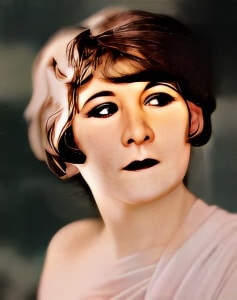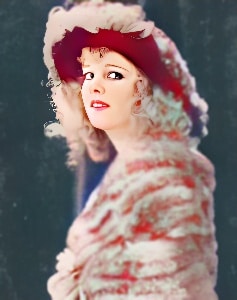 Madge Kirby, born Madge Whitehead on April 12, 1884, etched her name in the annals of silent film history as a versatile actress specializing in comedic roles.
Madge Kirby, born Madge Whitehead on April 12, 1884, etched her name in the annals of silent film history as a versatile actress specializing in comedic roles.
With a career that spanned various studios, including Biograph Studio, American Film Company, and Fox Film Corporation, Kirby became a beloved figure in the burgeoning world of silent cinema.
Kirby’s journey to cinematic stardom began with her family’s immigration from London to the United States in 1894. Settling in a new land, she embarked on a path that would lead her to the heart of the entertainment industry. Her maiden name, Whitehead, became synonymous with early silent film comedy, as she fearlessly navigated the challenges of the nascent art form.
From the tender age of 14, Kirby took center stage as an ingenue on Broadway, laying the foundation for a career that would unfold across vaudeville and eventually the silver screen. Her transition to the world of cinema was seamless, and she found herself in the ranks of esteemed studios that shaped the destiny of silent film.
A distinctive aspect of Kirby’s on-screen persona was her penchant for donning a blonde wig, adding a touch of theatricality to her performances. This creative choice not only set her apart but also became a signature element of her comedic identity. As she graced the screens of Biograph Studio, American Film Company, and Fox Film Corporation, Kirby’s talent for eliciting laughter endeared her to audiences across the nation.
One notable collaboration in Kirby’s filmography was with the legendary D.W. Griffith. Her roles in Griffith’s films showcased her ability to seamlessly navigate dramatic narratives while infusing humor into the storytelling. The silent film era, marked by its experimentation and innovation, found in Kirby a performer who could effortlessly embody the spirit of the times.
“ The Musketeers of Pig Alley” stands as a testament to Madge Kirby’s contribution to silent film comedy. In the film, she portrayed the little lady’s friend, adding depth and charm to the narrative. The film itself, a pioneering work in the gangster genre, provided Kirby with a platform to showcase her comedic prowess amidst the dramatic undertones of the storyline.
Kirby’s career continued to flourish, and her collaborations with Hank Mann in various comedies further solidified her status as a luminary in silent film comedy. Her performances, characterized by a dynamic range and a commitment to authenticity, resonated with audiences who embraced the evolving language of cinema.
Tragically, Madge Kirby’s journey came to an end on July 11, 1956. However, her legacy as a trailblazer in silent film comedy lives on, immortalized in the frames of the films that captured the imagination of a bygone era. Kirby’s ability to transcend boundaries and bring joy to audiences cements her place as a cherished figure in the rich tapestry of silent cinema history.

